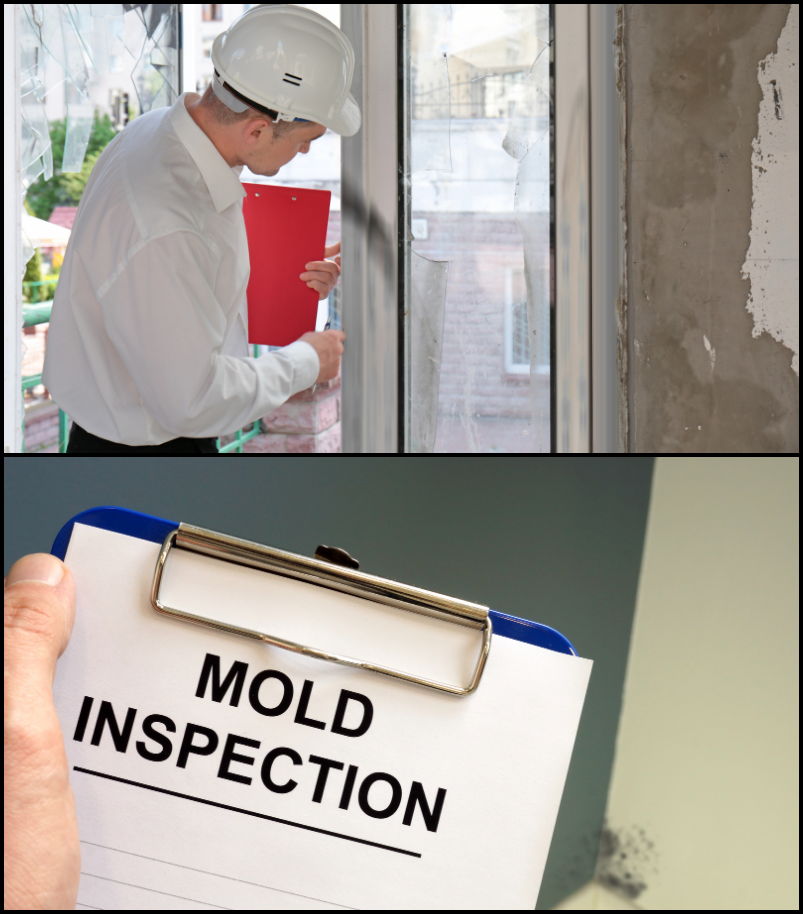Mold Testing in Coram


The Importance of Mold Testing On Long Island
Professional Mold Inspection in Coram
Residential
Commercial
Coram, located in the central part of Suffolk County, Long Island, is a large and diverse hamlet known for its suburban atmosphere, rich history, and convenient access to other parts of Long Island. With a population of approximately 40,000, Coram is one of the oldest settlements in the area, offering a blend of historical charm and modern development. Its central location within the Town of Brookhaven makes it a key residential and commercial hub. Coram’s local economy is supported by a variety of retail centers, small businesses, and services, with the hamlet being home to several shopping plazas and dining options along key roadways like Middle Country Road (Route 25). Its proximity to major highways, such as the Long Island Expressway and Nicolls Road, provides easy access to nearby towns, beaches, and New York City, making Coram an ideal location for commuters.
The typical Long Island climate offers warm summers and cold winters, allowing residents to enjoy a variety of outdoor activities year-round. Coram is close to several parks and recreational areas, such as Cathedral Pines County Park, which provides opportunities for camping, hiking, and picnicking. The nearby Pine Barrens also offers scenic trails and nature walks, making it a great spot for outdoor enthusiasts. Coram is served by several school districts, including Longwood Central School District, which is known for its commitment to education. The hamlet also offers various community events and recreational activities, fostering a strong sense of community. With its mix of suburban living, convenient amenities, and access to outdoor recreation, Coram is a growing and diverse community on Long Island. It attracts families and individuals looking for a peaceful yet well-connected place to live. Its central location, rich history, and range of services make Coram an attractive place to call home.
Our Mold Testing Services in Coram
Our testing and inspection process includes the following steps:
Visual Mold Inspection:
Identifying any visible signs of mold growth.
Air Quality Testing:
Detecting mold spores in the air to assess indoor air quality.
Surface Testing:
Collecting samples from surfaces to confirm mold presence.
Moisture Mapping:
Pinpointing areas of potential water damage that may lead to mold growth.
Why Choose Long Island Mold Testing
Certified and Experienced
Local Experts
Fast & Reliable Service
Health-Focused Approach
FAQs
1. What is mold testing?
Mold testing involves inspecting a property for the presence of mold by collecting air or surface samples and analyzing them in a laboratory to determine if harmful mold is present and at what levels.
2. Why is mold testing important?
Mold testing helps identify hidden mold growth that can cause health issues, property damage, and decreased indoor air quality. It allows homeowners to take prompt action to remove mold and prevent further problems.
3. How do I know if I need mold testing?
If you notice visible mold, experience a musty odor, or suspect water damage (e.g., from flooding or leaks), mold testing is recommended. It’s also a good idea after purchasing a home, following major storms, or if household members experience unexplained health issues.
4. What types of mold are commonly found in homes?
Some common molds found in homes include Stachybotrys (black mold), Penicillium, Aspergillus, and Cladosporium. Testing can determine the specific types of mold present and assess the risks they may pose.
5. How is mold testing performed?
Mold testing typically involves collecting samples from the air, surfaces, or materials in your home. These samples are then analyzed in a lab to identify the types of mold present and their concentrations.
6. How long does mold testing take?
The actual testing process usually takes a few hours, but receiving lab results can take anywhere from 24 hours to a few days, depending on the type of testing and the laboratory used.
7. How much does mold testing cost?
The cost of mold testing varies depending on the size of the property, the extent of testing required, and the types of tests performed. Prices typically range from $300 to $600, but more comprehensive testing can cost more.
8. What should I do if mold is detected in my home?
If mold is found, you should contact a professional mold remediation company to safely remove it. It’s important to address the underlying cause of the mold (such as water leaks or high humidity) to prevent future growth.
9. Can I test for mold myself?
There are DIY mold testing kits available, but they may not be as reliable as professional testing. Professional mold inspectors are trained to locate hidden mold and provide more accurate assessments of the extent of the issue.
10. How can I prevent mold growth in my home?
To prevent mold growth, control indoor humidity levels, repair leaks promptly, ensure proper ventilation (especially in bathrooms and kitchens), and clean and dry areas affected by water damage as soon as possible.
11. Is all mold dangerous?
Not all mold is harmful, but certain types of mold can cause health issues, especially for individuals with allergies, asthma, or weakened immune systems. Professional testing can help determine if the mold in your home poses a risk.
12. How often should mold testing be done?
Mold testing should be done after water damage, if mold is visibly present, when moving into a new home, or if you notice unexplained health symptoms. Otherwise, periodic testing every few years can ensure your indoor air quality remains safe.